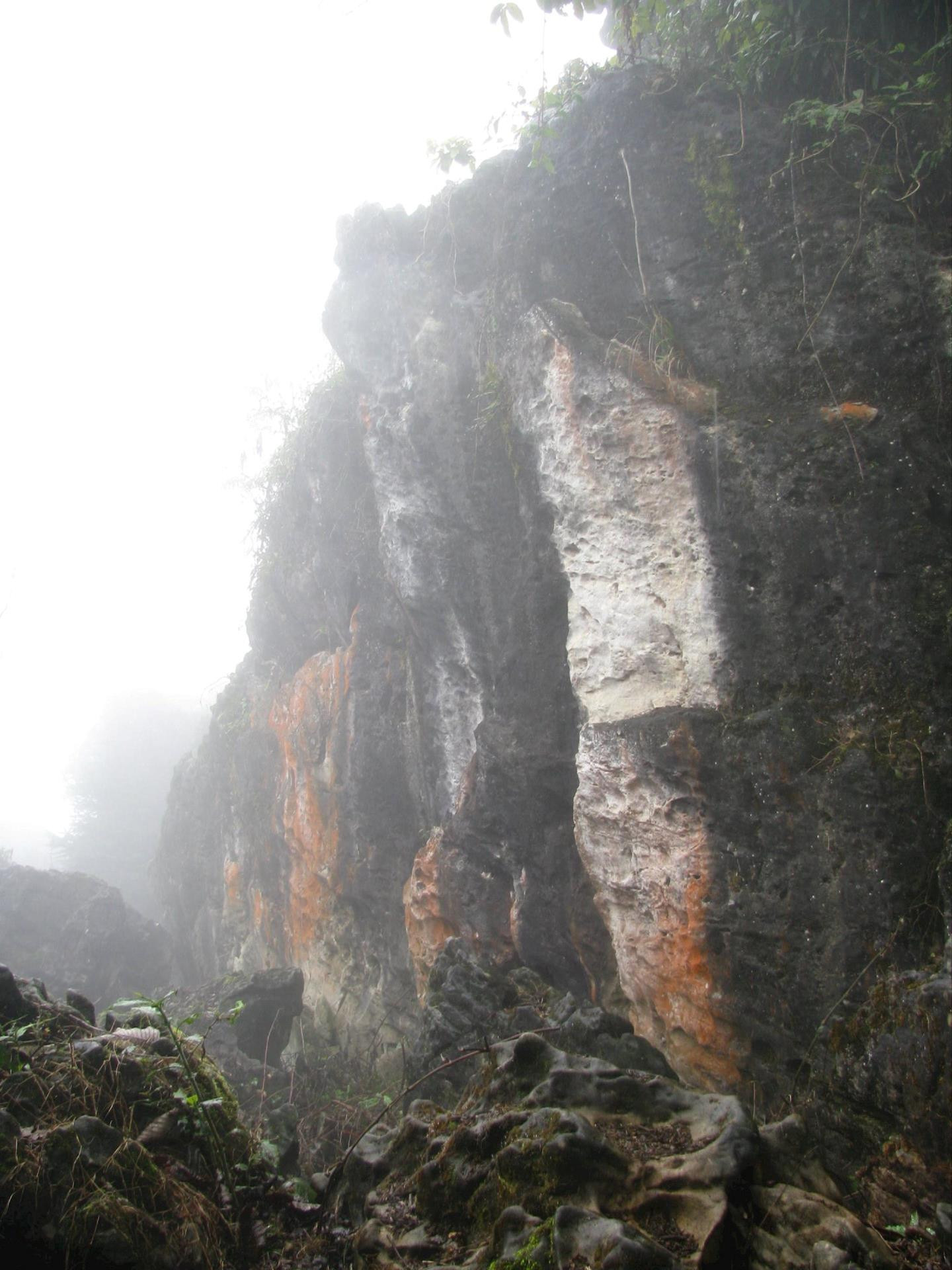
There are no roads, to get to the village you have to take a boat and walk for an hour. There is no phone signal, the commune officials contact the village management board by handwritten letter. Life is like in the late 20th century. But when you get to the village, it is bright and clean. The residents here look at visitors with an attitude of gratitude. "Thank you for coming here. It's been too long since we had visitors." Something like that.
In Huoi Pung, the name of the Khmu village, there are customs that are both familiar and strange to me. The residents here live along a large stream. The name of the village is taken from the name of the stream. Huoi means stream (in Thai), pung or bung/vung means abyss, where the stream meets a bottleneck, the upstream part widens into a bathing area. The stream is full of big and small rocks. Under the old tree next to the stream, there is a shrine built of bamboo, temporary wood, and a thatched roof that the locals call a temple.
This type of temple is quite common in Khmu villages. People build temples to display offerings on the day the village holds a ceremony to plant the fields. After the ceremony, they leave it alone. Soon the temple will rot and the villagers will have to rebuild a new one for the following year's ceremony. This temple is the same, but next to the tree stump there is a small and modest rock lying among the rotten leaves. Strangers will not notice it, but according to the old shaman in the village, the rock is a sacred object of the community. The year the village was founded, people brought "him" from the stream up to the tree stump and built a temple, and the rock has remained there for decades. Every June or July, the village holds a ceremony to prepare for planting the fields, the ceremony takes place at the shrine next to the tree stump.
The rock was washed clean, and all the moss was scrubbed off. They worshiped the forest god, the tree god, and the rock spirit. The shaman said that trees, forests, mountains, and streams all have gods and ghosts. But the rock is where the ghosts of the village reside. So, in addition to the temple god and the old tree god, there is also the rock spirit that is protecting people's lives.
Temples built next to ancient trees are quite common among the Kho Mu and Thai people in the mountainous areas of Nghe An, but the custom of stone worship is no longer popular.
***
Nearly 20 years ago, I went to university. It was the first time I left my mountainous homeland to go to Hanoi. I was sure that I would be unfamiliar with the water, the streams, the rivers, which meant the water I lived in. Strange food and drink. These “strange” things can easily make people sick. Before I put on my backpack and carried my wooden box to go to school, my mother stuffed something in my hand that surprised me. It was a white pebble just a little bigger than a quail egg.
I was about to throw it away but my mother told me to take it with me. It will help me avoid getting used to the water. When boiling water for a bath, just put a pebble in the kettle and it will be like bathing in the spring water of my hometown, no more worries about getting sick. Stones are the mother of the earth, the earth nurtures flowers, birds, animals and even humans. When you are born in a place, you will get used to the climate of that place. If you cannot bring the climate, the soil and the plants, then taking a pebble with you is like taking the land and the climate. A pebble is also a part of this land. Stones also have souls like trees, rivers and streams. My mother rarely says such profound things.
I kept the pebble at the bottom of the chest, without telling my roommates. I thought it would be difficult for my new friends to understand my community’s belief that rocks are the mother of the earth and have souls. Most of my dormitory roommates lived near Hanoi and often went back to their hometowns on weekends.
Just take the bus and go straight home, how convenient. Unlike me, I have to stay in a cramped car for 10 hours, and then take a motorbike taxi to get back to my village. Every weekend, I am almost the only one left in the room. I take out the pebble at the bottom of the box to look at and feel the hills and streams of my hometown closer. When no one is around, I often boil water to bathe and do not forget to put the pebble in the kettle as a secret. The sound of the pebble bouncing in the pot of boiling water in the empty room is so sad. I don't know if it is because of my good resistance or because of the effect of the pebble, but during my university years, I rarely got sick. I am secretly grateful for my mother's folk experiences.
After graduating, my new job helped me to be more attached to my village and to go to many places where ethnic minority communities like mine live. I learned more stories about stones, which sometimes have a spiritual color. In my village, whenever someone dies, people still bury stones next to the grave, each with four long stones called a tomb.
This custom has existed for a long time, so when people clear the fields and find long stones stuck vertically into the ground, they know that the ground is where the deceased lies so they avoid disturbing it. A hastily built grave that has not been looked after for a long time often quickly rots like a village temple. Only the burial stone remains for people to recognize someone's grave.
Sometimes the stories about rocks have a legendary color. In a rice field not far from my village, there is a rock as big as a mat, right next to the biggest stream flowing through the village. Legend has it that the rock is the chair where a dragon in the deep stream often transforms into a human and sits to play the flute. People followed the sound of the flute but could not find anyone. Perhaps the dragon saw the shadow of a person and dived to the bottom of the water. It is also possible that the flute sound is the sound of the stream and the mountain wind mixed together to deceive people's hearing.
There is also a story about romantic rocks like fairy tales about the waiting husband rocks that is quite popular in folklore, such as the story of To Thi. The Thai community in Que Phong is an agricultural community. The village is located on the mountain. Rice fields surround the village, in autumn the rice turns green and then turns yellow. Occasionally, we come across a rock protruding from the terraced fields on the edge of the village. People call it the waiting rock. Stories are woven according to the familiar motif that the rock at the beginning of the village is where young men and women often stand in the afternoon to wait for their lovers. The village boys stand at the top of the rock, looking towards the road that runs through the fields. In the afternoon, the village girls coming back from the fields cannot escape their eyes. The boys will choose a girl who is both beautiful and hard-working, and in the evening they will light a torch to come to her house to find out. The girls stand waiting for a man from far away who has made an appointment in advance with a secret longing.
***
From the story of the pebble in the bottom of the wooden box, I wrote a fictional story. A researcher of indigenous culture read it and talked about the custom of stone worship. He said that stone worship is a primitive custom of Southeast Asian people. I don't know this clearly, but I only know that since I was a child, stream and mountain stones have been attached to me and the children in the community born before and after me. We invited each other to the stream to pick up each flat stone and throw them to jump on the water surface, laughing with delight. My childhood game from 30 years ago is still played by children today. Mountain and stream stones are as familiar to me as the air of the sky and the deep forest, to the point that I no longer have any idea of the relationship between people and stones. It is as normal as breathing the air of the sky.
At the temple next to the ancient tree in the remote village, I thought about the small pebble my mother gave me nearly 20 years ago and wondered if stream and mountain rocks really have souls? Perhaps the human soul has blended into them and become the soul of the rock.
Source: https://daidoanket.vn/linh-hon-cua-da-10287966.html


![[Photo] President Luong Cuong receives Ethiopian Prime Minister Abiy Ahmed Ali](https://vstatic.vietnam.vn/vietnam/resource/IMAGE/2025/4/16/504685cac833417284c88a786739119c)
![[Photo] National Assembly Chairman Tran Thanh Man meets with Ethiopian Prime Minister Abiy Ahmed Ali](https://vstatic.vietnam.vn/vietnam/resource/IMAGE/2025/4/16/c196dbc1755d46e4ae7b506c5c15be55)
![[Photo] Many practical activities of the 9th Vietnam-China border defense friendship exchange](https://vstatic.vietnam.vn/vietnam/resource/IMAGE/2025/4/16/3016ed3ef51049219574230056ddb741)
![[Photo] Opening of the Exhibition on Green Growth](https://vstatic.vietnam.vn/vietnam/resource/IMAGE/2025/4/16/253372a4bb6e4138b6f308bc5c63fd51)
![[Photo] Opening of the 4th Summit of the Partnership for Green Growth and the Global Goals](https://vstatic.vietnam.vn/vietnam/resource/IMAGE/2025/4/16/488550ff07ce4cd9b68a2a9572a6e035)
![[Photo] President Luong Cuong meets 100 typical examples of the Deeds of Kindness Program](https://vstatic.vietnam.vn/vietnam/resource/IMAGE/2025/4/16/ce8300edfa7e4afbb3d6da8f2172d580)


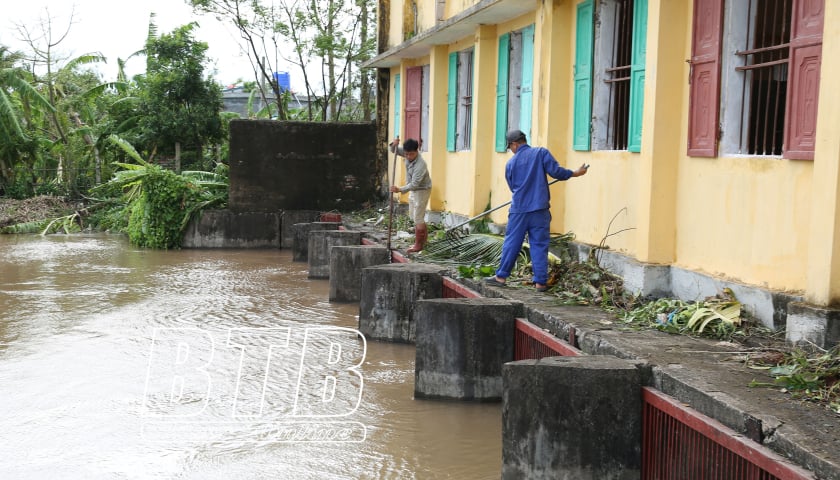







![[Photo] Vietnamese and Chinese students paint conical hats and make traditional ceramics](https://vstatic.vietnam.vn/vietnam/resource/IMAGE/2025/4/16/d3441e0b94a64e7596f7d31f6f8784b4)















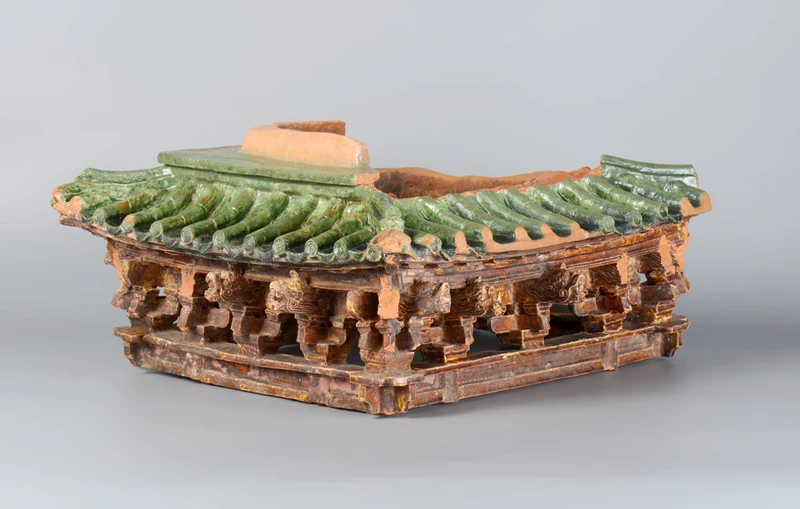



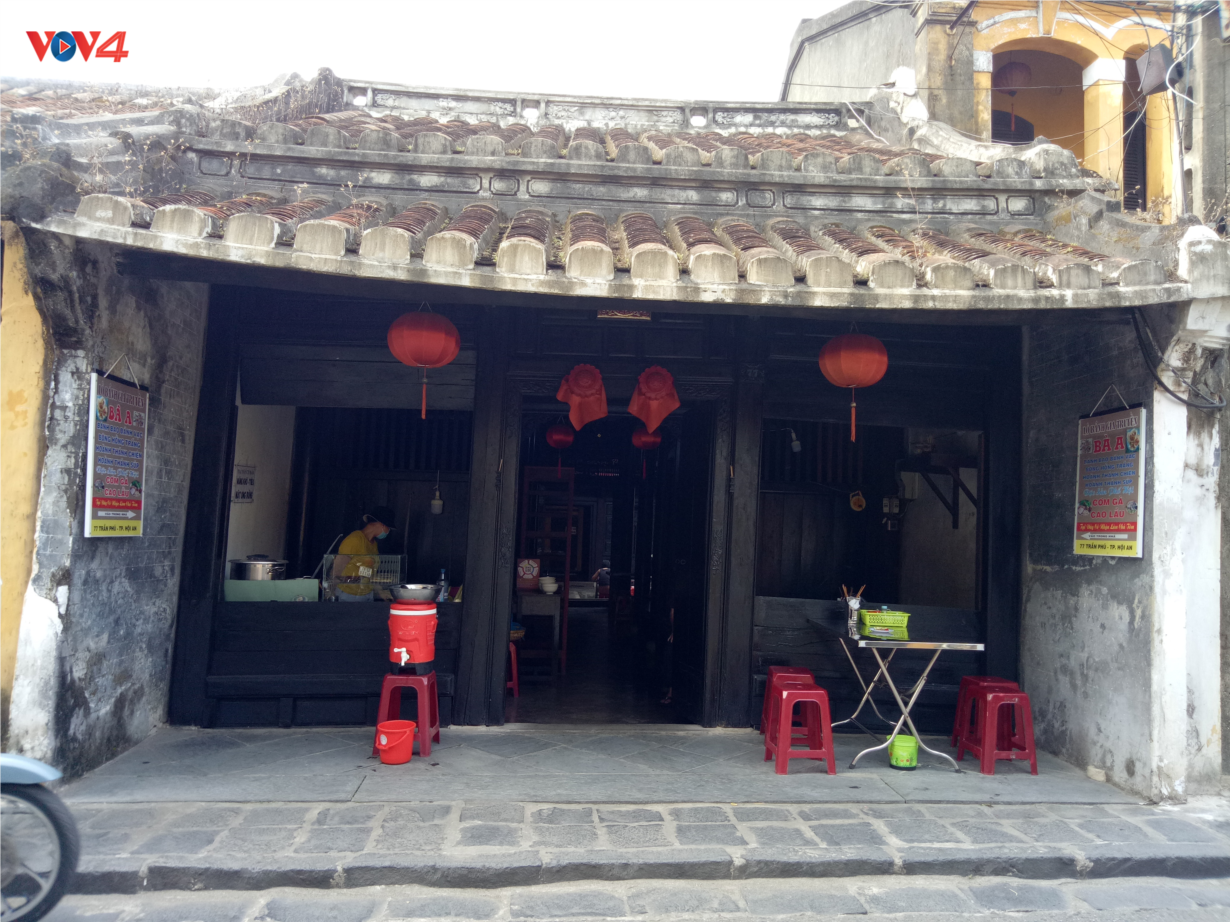







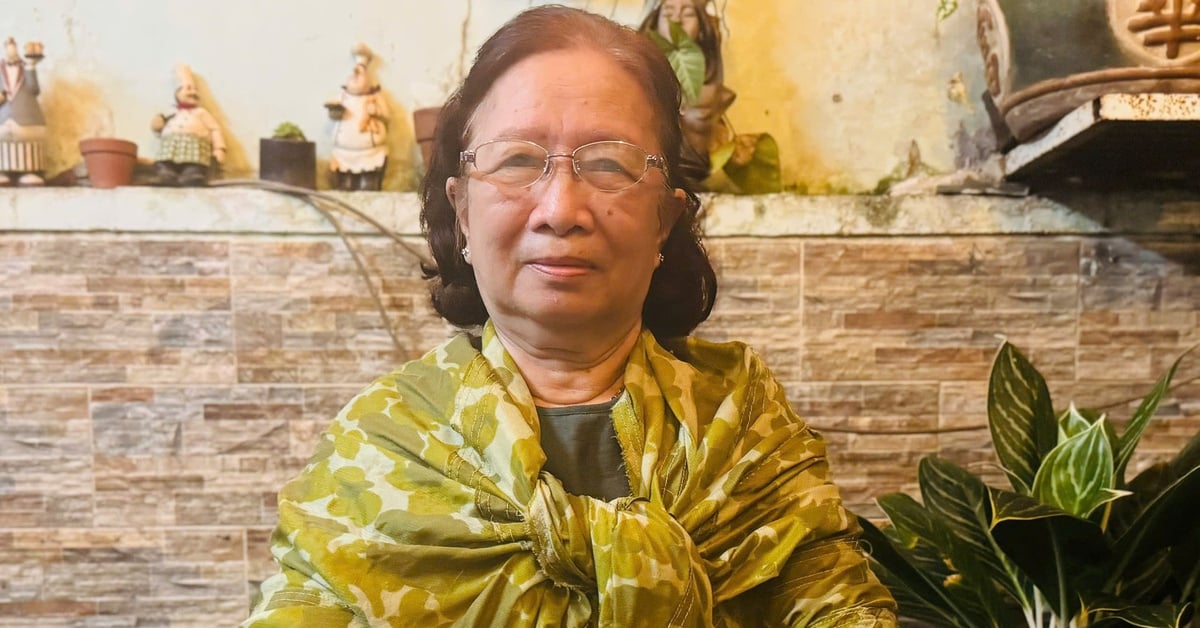

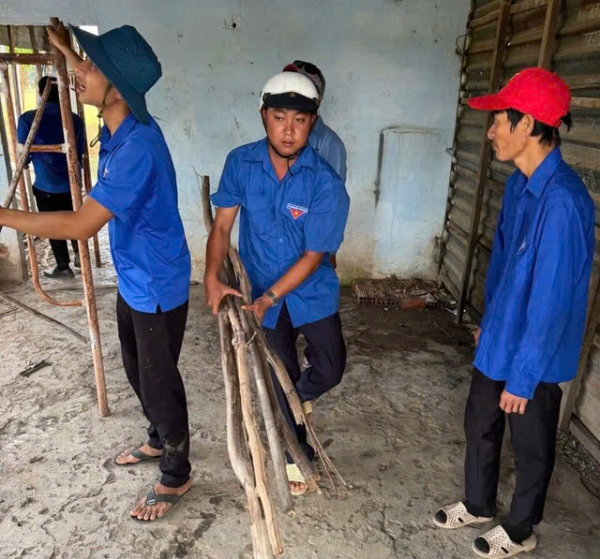




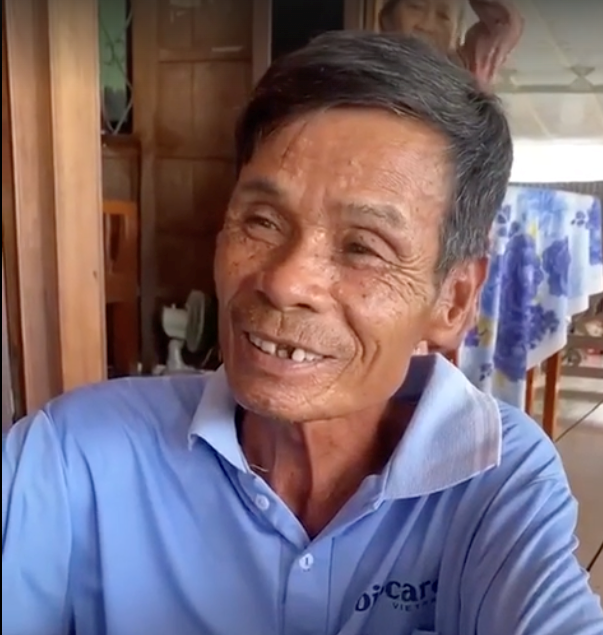
































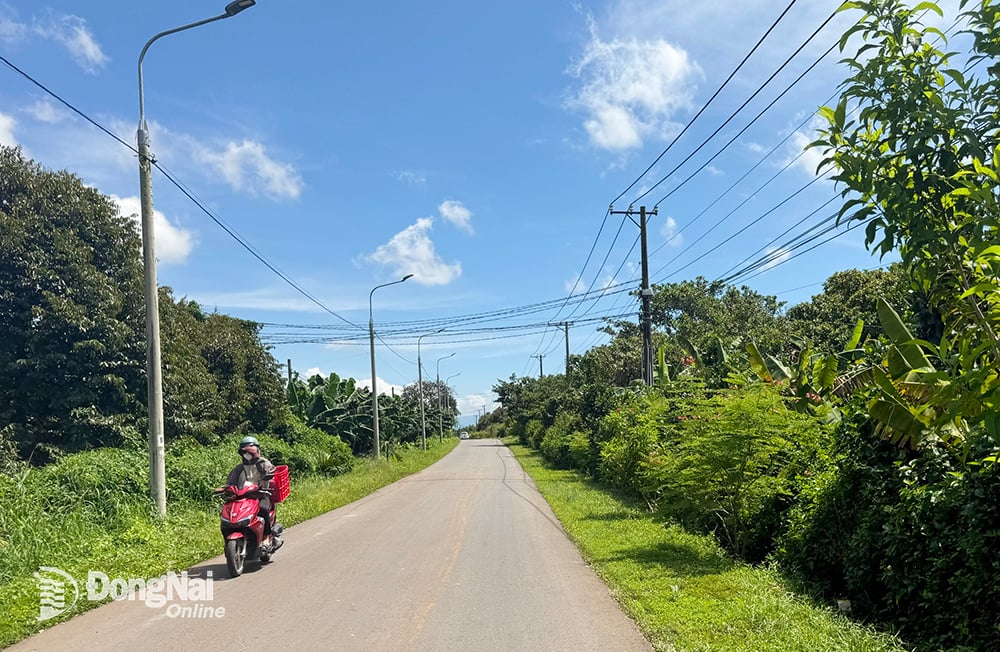













Comment (0)